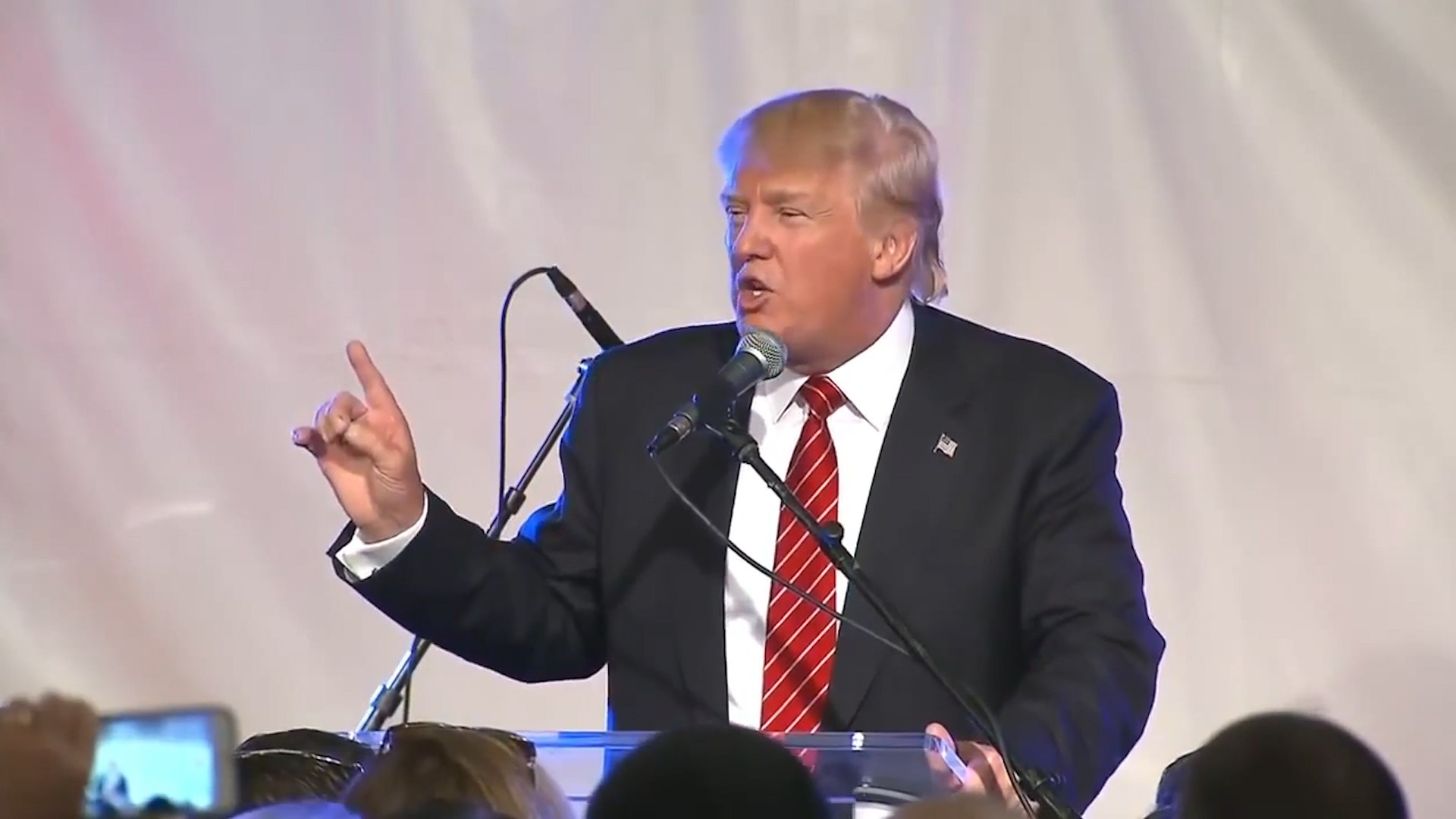The Trump administration has been big on deregulation, but its 2019 budget proposal would transform the food stamps program to effectively regulate poor people’s diets.Embedded in the just-released budget proposal is a plan for the Supplemental Nutrition Assistance Program, formerly known as food stamps: Instead of getting a card loaded with the full benefit value that recipients can use at certain grocery stores, they’d get part of their assistance in the form of a “harvest box,” as USDA chief Sonny Perdue referred to it in a statement Monday, of “100 percent American-grown food,” according to the budget proposal.Think Blue Apron grocery delivery, but with things like canned vegetables and shelf-stable milk.“I don't want to steal somebody's copyright, but a Blue Apron-type program where you actually receive the food instead of receive the cash,” Office of Management and Budget Director Mick Mulvaney said of the proposal during a news briefing Monday.“This manages to combine being bad for low-income people and somehow also violating a number of conservative principles,” Joel Berg, CEO of Hunger Free America, told VICE News. “It would increase hunger while increasing bureaucracy.”The food boxes, the Trump administration argues, would allow them to cut $200 billion from the SNAP program over 10 years as part of a budget that adds $1 trillion to $2 trillion to the federal deficit.The boxes would include “shelf-stable milk, ready-to-eat cereals, pasta, peanut butter, beans, and canned fruit, vegetables, and meat, poultry or fish.” No fresh produce would be in the USDA-provided food box.The way the new program would work is that anyone getting more than $90 in SNAP benefits per month would get a portion of their benefits delivered in one of these boxes, with the remaining amount loaded onto an Electronic Benefits Transfer card, the same way the benefits are currently given to beneficiaries. This would affect most SNAP beneficiaries, as the national average monthly SNAP benefit is $126. It would affect seniors less, as households with seniors get less in SNAP on average.In 2017, there were 42 million people getting SNAP benefits, on average. That number has been falling consistently since 2013, when 48 million people were enrolled in the program.This is all aimed at improving the “nutritional value” of the food provided to beneficiaries and reducing “the potential for EBT fraud,” according to the budget proposal. Most able-bodied SNAP beneficiaries already have to work to get their benefits, but the new proposal seeks to close loopholes on exemptions “that rob too many able-bodied adults from the dignity of work.”“The only snippet of good news is that it’s very unlikely that any of it is going to become law,” Berg added. The proposal needs congressional approval before the reforms would be put into place, and SNAP has bipartisan approval in the Senate. And the food industry, which doesn’t want to be nationalized, isn’t likely to throw its weight behind this proposal.Still, critics say that proposals like this one increase the stigma on people who use the SNAP program. And even if the budget Congress passes doesn’t cut SNAP by $200 billion, it could pave the way for a smaller cut to the program.
Advertisement
Advertisement
